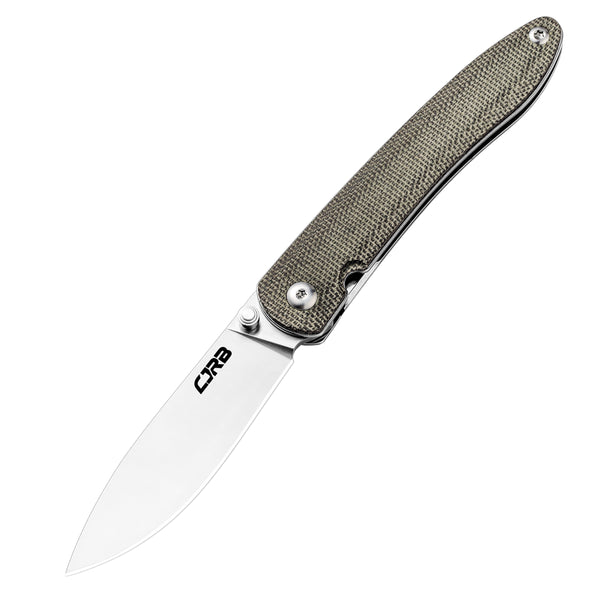When it comes to outdoor activities such as camping, hiking, and backpacking, having a reliable and versatile tool is essential. One of the most iconic and indispensable tools in the camping industry is the foldable pocket knife. Over the years, the evolution of foldable pocket knives has been remarkable, with advancements in design, materials, and functionality. Let's delve into the fascinating journey of how these compact yet powerful tools have evolved to meet the diverse needs of outdoor enthusiasts.

Early Origins and Design
The history of foldable pocket knives can be traced back to ancient times when early humans crafted simple cutting tools from stone, bone, and wood. As civilization progressed, the design and functionality of pocket knives evolved, with the incorporation of metal blades and folding mechanisms. These early pocket knives were primarily used for hunting, food preparation, and general utility tasks.
Innovations in Materials and Technology
With the advent of modern materials such as stainless steel, titanium, and carbon fiber, the durability and performance of foldable pocket knives have significantly improved. These materials offer enhanced strength, corrosion resistance, and lightweight properties, making them ideal for outdoor use. Furthermore, advancements in blade technology, such as serrated edges, assisted opening mechanisms, and locking systems, have further expanded the capabilities of pocket knives in the camping industry.
Adaptation to Outdoor Activities
As outdoor activities gained popularity, the demand for specialized pocket knives designed for camping, survival, and bushcraft surged. Manufacturers began incorporating features such as fire starters, whistle functions, and integrated tools like screwdrivers and bottle openers into foldable pocket knives. These adaptations transformed pocket knives into multi-functional survival tools, catering to the diverse needs of outdoor enthusiasts.
Sustainability and Eco-Friendly Practices
In recent years, there has been a growing emphasis on sustainability and eco-friendly practices in the camping industry. This has led to the development of foldable pocket knives made from recycled materials, as well as the use of environmentally conscious production processes. Additionally, some manufacturers have embraced the concept of modular and repairable designs, allowing users to replace worn-out parts and extend the lifespan of their pocket knives, aligning with the principles of sustainability.
In conclusion, the evolution of foldable pocket knives in the camping industry has been a testament to human ingenuity and the relentless pursuit of innovation. From humble origins to the incorporation of cutting-edge materials and technologies, pocket knives have evolved to become indispensable companions for outdoor enthusiasts around the world. As the demand for versatile, durable, and sustainable tools continues to grow, it is certain that the evolution of foldable pocket knives will persist, adapting to the ever-changing needs of the camping industry.





